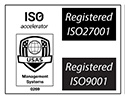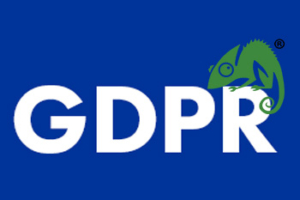SEO for WordPress websites is required to ensure that your lovely website is seen by the audience that you desire.
Installing a WordPress blog is the first step on the road to creating spectacular articles for SEO purposes. WordPress is a relatively simple piece of software to use in general, and manipulate for SEO purposes. Below is a step-by-step guide and explanation of how to optimise your articles using WordPress to help your website appear on page 1 of Google search engine results.
Step 1 – Post Title
The title of the post is very important as it will be used to create the URL, so it is imperative that you include your main keyword in it. Ideally, you should begin the title with your main keyword. Another piece of advice is to keep it brief as long URL’s will not be displayed in full on the SERP (Search Engine Results Pages). You also need to ensure that there are no special characters such as !, ‘, & etc. in your URL as these are not valid values. WordPress automatically replaces spaces between words with hyphens so all that should appear in the URL are letters, numbers and hyphens. If you see a special character in the URL, it can be removed by using the ‘Edit’ button, situated under the title, next to the permalink.
Step 2 – Keyword Optimisation
The main aim of WordPress articles for SEO is to appear in page 1 of Google’s SERP for specific keywords. In order for Google to recognise that you want your website to appear for specific terms, you must include them in any copy or articles that you produce. Keywords should appear approximately 3 times throughout the text; do not be tempted to include it as many times as humanly possible as this is known as ‘keyword stuffing’, a black-hat form of SEO which can result in harsh Google penalties. Since the Google Penguin update, the emphasis has been upon well-written copy which is accessible to the reader, not written for a Google bot.
Step 3 – Adding URL Anchor Text
This method allows you to add links to relevant pages within your blog post. The first thing to ensure is that the link that you are including is functional and will not cause a 404 error. The link must also be relevant to your article as this adds more power to it. Finally, it is favourable to use anchor text which occurs naturally in the copy, rather than ‘click here’.
Step 4 – Images
Adding images to a post not only makes it look more appealing, they can also add SEO value if you include an ALT tag. An ALT tag is a brief description of the image that it is attached to. It can be added to your blog post picture by accessing the HTML editor and finding the < img > tag. Within this, WordPress will have automatically added alt=”” ready for the Alt tag to be added. All you have to do is enter the description between the “”.
Step 5 – SEO Plugins and Meta Tags
To aid SEO, WordPress offer a number of different plugins which enable you to enter your own meta data and further optimise your articles. A good example of this is the All-in-One SEO Pack.
Meta Title – This is what will be displayed in the SERP so it needs to contain your main keywords for SEO purposes, but also be engaging for users to ensure that they click through to your website. The meta title can be made up of a total of 68 characters therefore it must be brief. WordPress gives you the option to have your brand name appear automatically at the end of the meta title which is good for raising brand awareness, however keep in mind that this will be taken from the 68 characters.
Meta Description – This description will appear under the meta title on the SERP and can be a maximum of 154 characters. This should incorporate your keywords but also be engaging for the reader. It can be the first paragraph of your article as long as it does not exceed 154 characters; alternatively, you can write it independently.
And that’s all there is to it! Optimising articles to appear in SERP with WordPress is quick and simple. It is definitely worth taking a little extra time per article to ensure that you complete the optimisation tasks as they will improve your position on the SERP and ultimately improve click-through rates to your article and website.
We work with you to ensure that you understand what is required to achieve your end goal and also to help grow your knowledge going forward.
WordPress is a fantasic dynamic website platform and Chameleon is able to achieve a great deal of success with this type of website.
Contact Us For more information.









